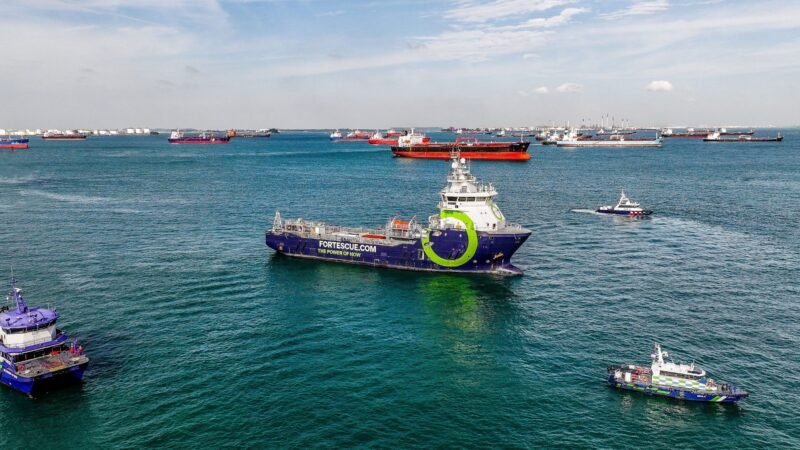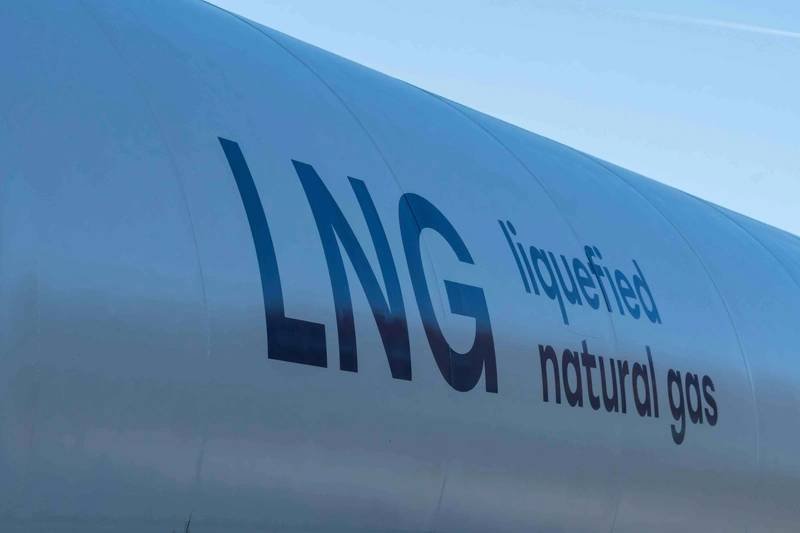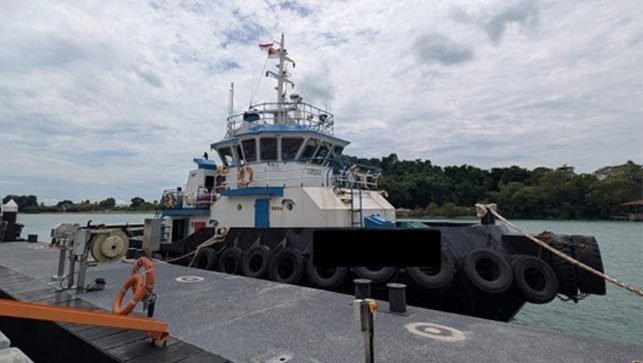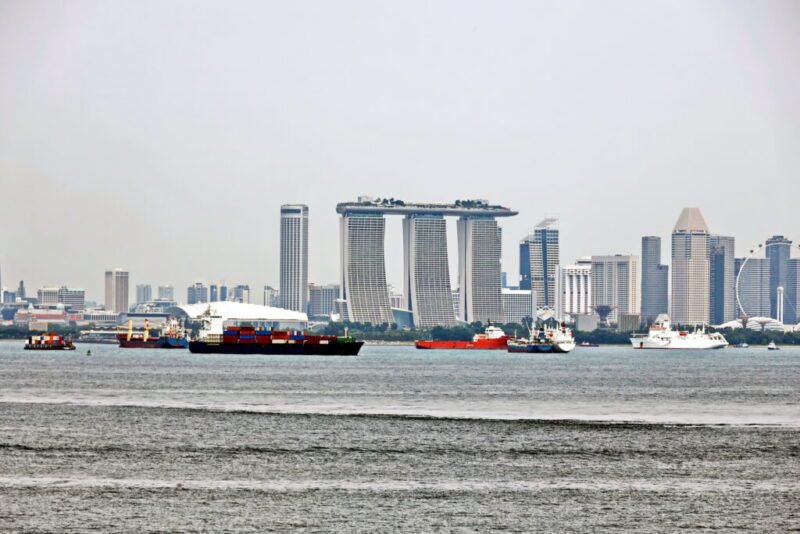The Maritime and Port Authority of Singapore (MPA) announced plans to establish new standards for methanol and ammonia bunkering by 2024 and 2025, respectively. This initiative comes as the world’s largest ship refueling hub gears up for the increased use of alternative bunker fuels to help reduce carbon emissions in the shipping industry. The standards will focus on custody transfer requirements, safety procedures, and crew competencies to ensure the safe handling of these fuels, which are known to be more toxic than traditional fuel oil.
During the SIBCON 2024 event, MPA highlighted the absence of detailed standards or established guidelines for these alternative fuels, underscoring the need to prioritize safety in bunkering operations. Additionally, MPA noted the expansion of its maritime energy training facility, with 29 new companies joining the existing 22 partners from the shipping and bunkering industry. This move reflects growing interest and urgency in enhancing training for operating vessels powered by zero or near-zero emissions fuels to address skills gaps in the maritime sector.
The evolution towards cleaner fuels in shipping is driving a significant demand for improved training within the industry. MPA emphasized the necessity of upskilling crews and staff to successfully navigate the transition to alternative bunker fuels. As the maritime sector shifts towards sustainability, the collaboration between industry players and regulatory bodies will play a crucial role in shaping the future of bunkering operations and ensuring environmental responsibility.


















